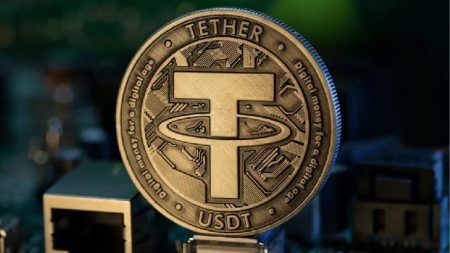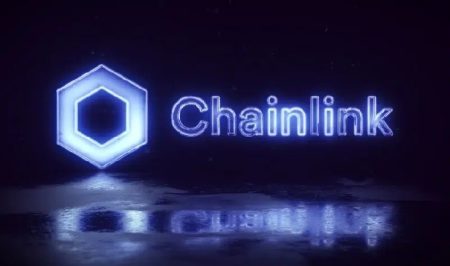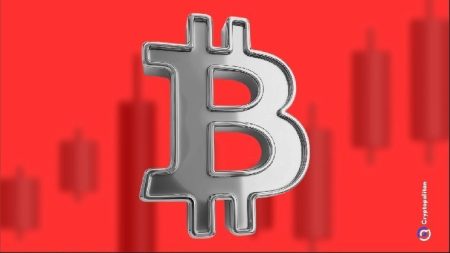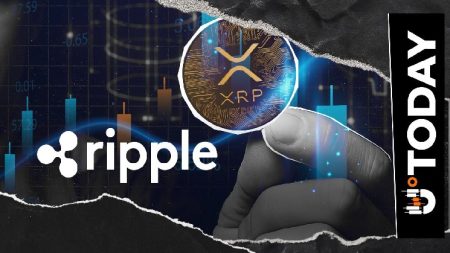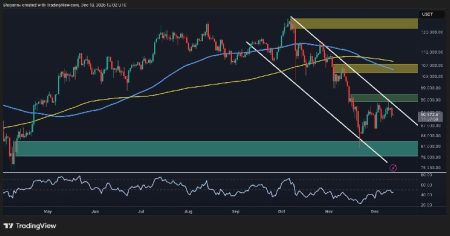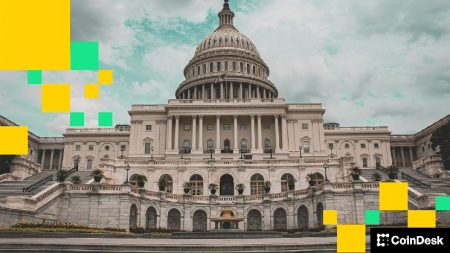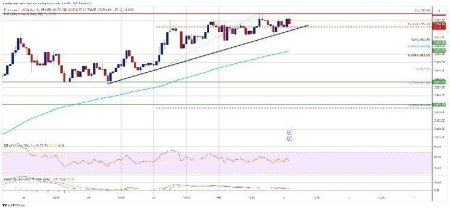OpenSea Unveils SEA Token Launch for Q1 2026: Transforming from NFT Marketplace to Comprehensive Trading Platform
Major Token Announcement Reveals Community-Focused Distribution and Revenue Sharing
In a significant development for the cryptocurrency ecosystem, OpenSea has officially announced that its highly anticipated SEA token will launch in the first quarter of 2026. The announcement, made on Friday, provides critical details about the token allocation that had been withheld since the initial token plans were revealed in February. Most notably, OpenSea confirmed that 50% of the total SEA supply will be distributed to the community, signaling a strong commitment to decentralization and user ownership. The platform has already initiated the final phase of pre-token rewards, with users opening their first reward treasure chests on Thursday, September 15, marking an important milestone in the platform’s evolution from a specialized NFT marketplace to a comprehensive trading platform.
“Integrating SEA into OpenSea will be the opportunity to show the world our vision. It will shine a spotlight on everything we’re building,” stated CEO and co-founder Devin Finzer in a post on X. Finzer emphasized the significance of this transition, adding, “So we need to make damn sure that what we’ve built deserves that spotlight—not just for us, but for every holder who believes in what crypto can become. SEA is not being created to be launched and forgotten.” This statement reflects the company’s long-term vision for the token as an integral part of their ecosystem rather than a short-term marketing initiative. The thoughtful approach to token implementation suggests OpenSea is positioning SEA as a fundamental component of their expanding platform rather than merely capitalizing on token launch hype.
Token Economics and Distribution Strategy Unveiled
The token distribution model represents one of the most community-centric approaches among major platforms in the crypto space. According to the announcement, the Q1 launch will immediately provide approximately 25% of the total SEA supply to community users, with an additional 25% allocated to the same user demographic over time. This phased distribution strategy appears designed to reward early adopters while preventing immediate market flooding that could lead to price volatility. Beyond the token distribution itself, OpenSea announced two significant economic mechanisms that could support the token’s value: 50% of the platform’s revenue at launch will be directed toward buying back SEA tokens from the market, and users will have the opportunity to stake their tokens on the platform, likely earning rewards for doing so.
While specific details about eligibility criteria for the community distribution remain somewhat limited, Finzer did provide some insight into the company’s thinking, noting that “both OGs and those who participated in OpenSea rewards programs will be meaningfully considered, separately.” This dual-track approach suggests the platform is attempting to balance rewarding long-term supporters who contributed to OpenSea’s initial growth with incentivizing recent participation through formal rewards programs. The emphasis on “meaningful” consideration indicates that allocations may be significant enough to provide substantial value to recipients rather than merely symbolic tokens of appreciation, though precise allocation formulas remain undisclosed.
From NFT Giant to “Trade Everything” Platform: OpenSea’s Strategic Pivot
OpenSea’s journey to this point represents one of the most dramatic business pivots in the cryptocurrency industry. The platform rose to prominence during the Ethereum NFT bull market, processing billions of dollars in monthly NFT trading volume at its peak. However, as interest in NFTs declined throughout 2022 and beyond, the platform’s trading volume plummeted to as low as $38 million per month last year—a precipitous decline that threatened the company’s market position. Rather than doubling down exclusively on NFTs, OpenSea made the strategic decision to expand its scope dramatically, positioning itself as a platform for “trading everything”—including fungible tokens and popular meme coins.
This strategic shift has proven remarkably successful in revitalizing trading activity on the platform. OpenSea’s monthly trading volumes have rebounded to the billions for the first time since 2022, with current monthly volume exceeding $2.6 billion. However, the composition of this trading volume reveals how dramatic the platform’s transformation has been: approximately 90% of current trading volume comes from token trading rather than NFTs. This statistic underscores how completely OpenSea has reinvented itself, transitioning from a specialized NFT marketplace to a comprehensive trading platform that competes more directly with established cryptocurrency exchanges. The SEA token announcement represents the culmination of this strategic pivot, providing the platform with its own native token to enhance functionality and user engagement.
Expanding Capabilities Through Strategic Acquisitions and Feature Development
OpenSea’s evolution extends beyond simply adding new asset classes to its trading functionality. The company has demonstrated a commitment to enhancing the overall user experience and expanding its technical capabilities through strategic acquisitions and feature development. In July, OpenSea announced the acquisition of mobile portfolio and trading application Rally, a move designed to overhaul its mobile experience. The revamped mobile application is currently in closed alpha testing, suggesting that a broader release may coincide with or precede the SEA token launch in early 2026.
Looking further ahead, OpenSea has indicated plans to continue expanding its trading capabilities, with perpetual futures trading (perps) mentioned as a future addition to the platform’s feature set. This planned expansion into derivatives trading represents a significant step toward competing with established cryptocurrency exchanges like Binance and OKX. The combination of spot trading for both NFTs and tokens, a native platform token with staking capabilities, and eventual derivatives trading positions OpenSea as a potential one-stop trading platform for crypto users. This comprehensive approach marks a dramatic evolution from its origins as a specialized marketplace focused exclusively on non-fungible tokens and reflects the company’s ambition to become a central player in the broader cryptocurrency trading ecosystem.
Market Implications and Industry Significance of OpenSea’s Token Launch
The announcement of OpenSea’s SEA token carries significant implications not only for the platform itself but for the broader cryptocurrency and NFT markets. As one of the most prominent companies in the space, OpenSea’s token launch will likely attract substantial attention from investors, traders, and industry analysts. The decision to allocate 50% of tokens to the community and commit 50% of revenue to token buybacks represents a community-centric approach that aligns with crypto’s ethos of decentralization while potentially providing substantial value to users and investors. The revenue-sharing model, in particular, distinguishes SEA from many other platform tokens that lack direct mechanisms for value accrual.
For the NFT market specifically, OpenSea’s evolution reflects the challenging market conditions that have persisted since the 2021-2022 bull run. While some might view the platform’s pivot toward fungible token trading as a departure from its NFT roots, it could alternatively be interpreted as a pragmatic approach to sustainability that may ultimately benefit the NFT ecosystem. By developing a more diversified trading platform with its own token economy, OpenSea potentially creates a more stable foundation from which to support NFT trading during market fluctuations. As the platform continues its transformation ahead of the Q1 2026 token launch, market participants will be watching closely to see how OpenSea balances its expanded vision with its historical role as the leading marketplace for NFTs. Whether the SEA token becomes a significant player in the broader token ecosystem remains to be seen, but OpenSea’s strategic evolution and commitment to user value suggest the company is positioning itself for long-term relevance in the rapidly evolving digital asset landscape.






